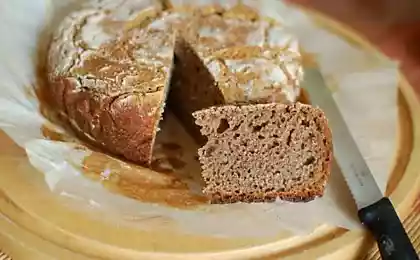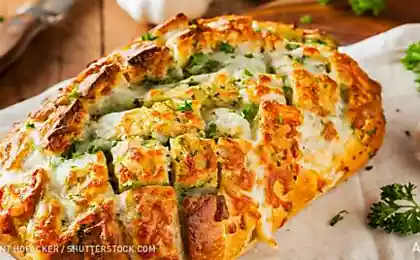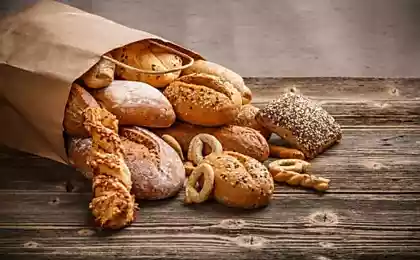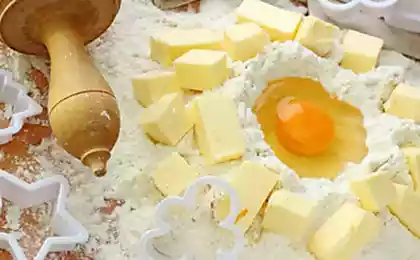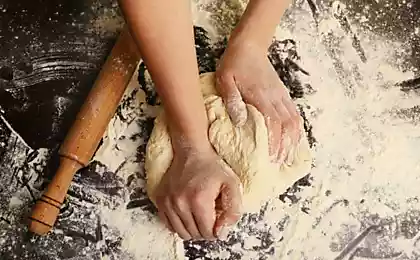245
What can you do with bread if you do not want to cause trouble?
Bread plays a sacred role for the entire Slavic people. They were greeted by dear guests on the doorstep of the house, treated fellow travelers to express favor, and the poor to show mercy. Today I will tell you what traditions our ancestors adhered to regarding this baking, as well as how I bake bread at home according to my grandmother’s proven recipe.
In Soviet times, bread-brick was one of the cheapest positions in the bakery department of selpo. Grandma loved to remember how she bought a loaf of bread for 20 kopecks, and a pair of cream buns for 7. He also knew how to make bread himself. To do this, I kept a couple of metal forms for baking in the oven. Her softest bricks with a crispy crust were the most delicious.
How to bake bread at home: proven recipe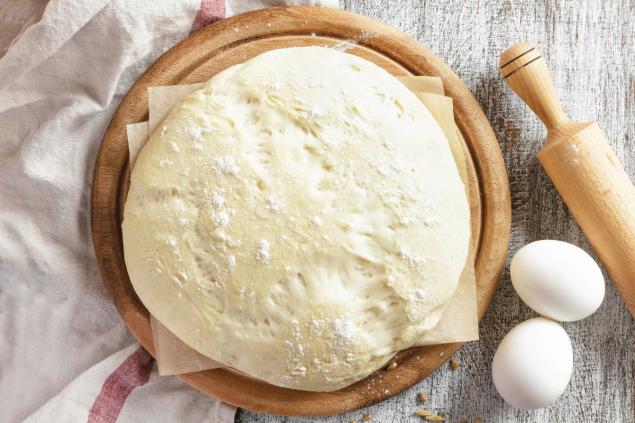
My grandmother believed that the dough was very sensitive to the mood of the hostess. Therefore, I began to mix the dough only completely rested. Arguing and swearing in the presence of the test was prohibited. Otherwise, it would have failed or fallen altogether. I want to share an old recipe for bread, which no one has yet managed to surpass.
Ingredient:
Preparations

First of all, it is worth noting that bread, even stale, was never thrown away. Such an act could be regarded not merely as waste, but as blasphemy.
And all because before bread was considered the main dish in the house, an integral component of both everyday and festive meals. Fresh ruddy bread was always put on the table as a symbol of satiety and abundance.
Our ancestors took bread on a journey. They believed she could bring good luck. Rich nobles stocked up on the way pies with filling, and representatives of the poor classes dried crackers on the road. However, this tradition continues to this day. After all, homemade crackers are not only long-playing, but also a hearty snack.
Traditions related to bread
There are many wonderful traditions associated with bread. For example, baking a loaf at a wedding or cakes at a funeral. Our ancestors unquestioningly honored, valued and cherished bread. And this attitude was transmitted to many contemporaries.
From ancient times, bread symbolized not only prosperity, but also generosity. It was a sin to deny bread to the beggar. By sharing bread, you will not be impoverished, but will only rise in the eyes of God and society. Until now, on certain holidays, it is customary to treat the poor with various pastries: pancakes, pies, pancakes, cakes and cookies. Human generosity brings prosperity and happiness to the home.

Some prohibitions concerning bread are still revered in Slavic families.
Here's what you can't do with a sacred pastry:
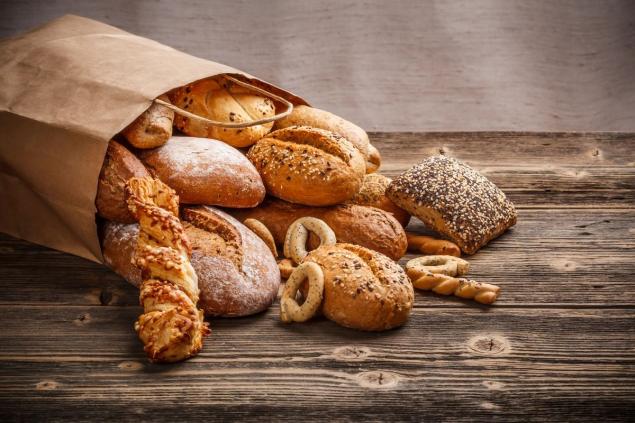
I want to add that the reverence for bread was passed on to me from my grandmother. Ever since she endured the hard times of the post-war era, this product has been honored on a par with the Bible. What traditions and traditions do you have in your home? What do you do with leftover baking to avoid throwing away? Share it in the comments!
In Soviet times, bread-brick was one of the cheapest positions in the bakery department of selpo. Grandma loved to remember how she bought a loaf of bread for 20 kopecks, and a pair of cream buns for 7. He also knew how to make bread himself. To do this, I kept a couple of metal forms for baking in the oven. Her softest bricks with a crispy crust were the most delicious.
How to bake bread at home: proven recipe

My grandmother believed that the dough was very sensitive to the mood of the hostess. Therefore, I began to mix the dough only completely rested. Arguing and swearing in the presence of the test was prohibited. Otherwise, it would have failed or fallen altogether. I want to share an old recipe for bread, which no one has yet managed to surpass.
Ingredient:
- 1.2 kg wheat flour
- 2 tbsp sunflower oil
- 1.5 tbsp dry yeast
- 820 ml of water
- 0.5 tsp sugar
- 1 tbsp salt
Preparations
- Ask for flour in a deep bowl. Make a hole and pour yeast and sugar in it. Pour them with 1 tbsp of warm water. Stir the contents of the funnel and leave for a few minutes. A yeast cap must form.
- After the yeast works, add sunflower oil, salt and water to the bowl of flour. First, mix all the ingredients with a spoon, and then with your hands. Cover a bowl of dough with a towel and leave it warm for 45 minutes.
- Lubricate your hands with vegetable oil. The raised dough was cut in half. The halves were alternately removed from the container, rounding them until the surface became smooth.
- Put both balls of dough in square forms for baking. Cover the blanks with a towel and leave for 15 minutes to rest. During this time, the dough will rise a little more.
- Next, send the forms with the test to the preheated to 200 degrees oven. Bread-brick is baked for 50 minutes: until the formation of a blown blush crust. Allow the finished baking to cool completely and serve to the table!

First of all, it is worth noting that bread, even stale, was never thrown away. Such an act could be regarded not merely as waste, but as blasphemy.
And all because before bread was considered the main dish in the house, an integral component of both everyday and festive meals. Fresh ruddy bread was always put on the table as a symbol of satiety and abundance.
Our ancestors took bread on a journey. They believed she could bring good luck. Rich nobles stocked up on the way pies with filling, and representatives of the poor classes dried crackers on the road. However, this tradition continues to this day. After all, homemade crackers are not only long-playing, but also a hearty snack.
Traditions related to bread

There are many wonderful traditions associated with bread. For example, baking a loaf at a wedding or cakes at a funeral. Our ancestors unquestioningly honored, valued and cherished bread. And this attitude was transmitted to many contemporaries.
From ancient times, bread symbolized not only prosperity, but also generosity. It was a sin to deny bread to the beggar. By sharing bread, you will not be impoverished, but will only rise in the eyes of God and society. Until now, on certain holidays, it is customary to treat the poor with various pastries: pancakes, pies, pancakes, cakes and cookies. Human generosity brings prosperity and happiness to the home.

Some prohibitions concerning bread are still revered in Slavic families.
Here's what you can't do with a sacred pastry:
- Leave a piece of bread after eating or throw it away. Such an act will lead to misfortune.
- They leave a knife stuck in the bread. That's bad luck.
- Cutting both ends of bread is sacrilege.
- Cutting bread, turning it upside down is also not accepted.

I want to add that the reverence for bread was passed on to me from my grandmother. Ever since she endured the hard times of the post-war era, this product has been honored on a par with the Bible. What traditions and traditions do you have in your home? What do you do with leftover baking to avoid throwing away? Share it in the comments!
How Do I Win a Slot Machine Jackpot?
When we celebrate the day of the Iberian Icon of the Mother of God and what you can ask for a miraculous shrine

